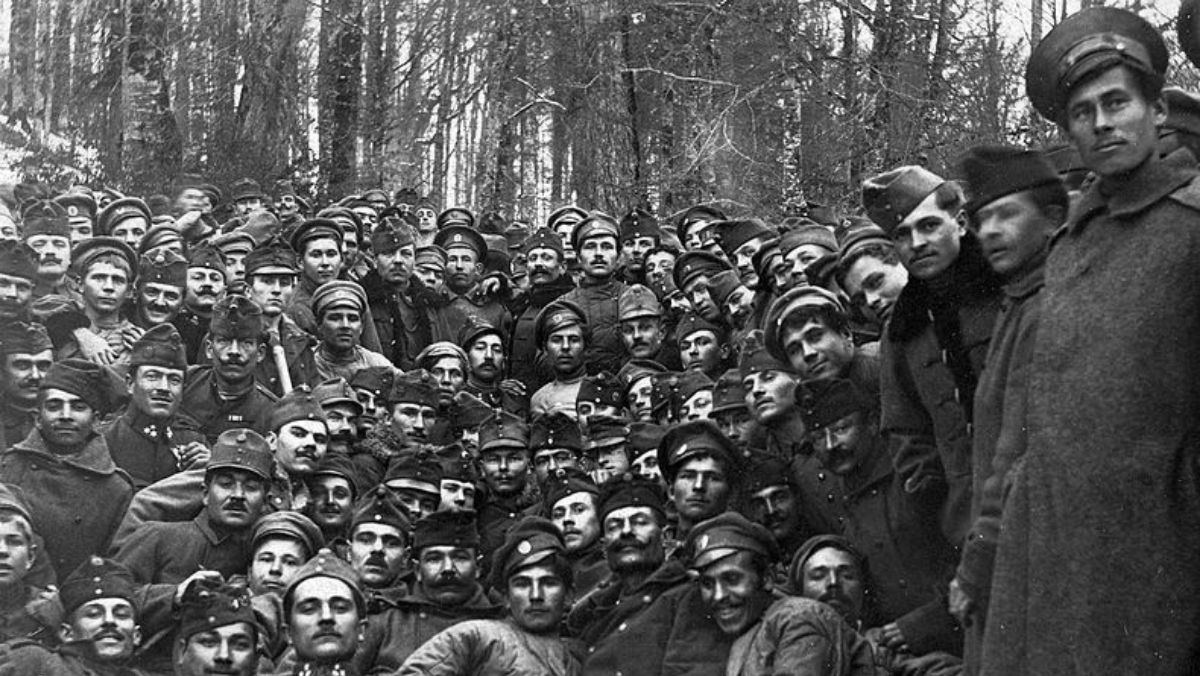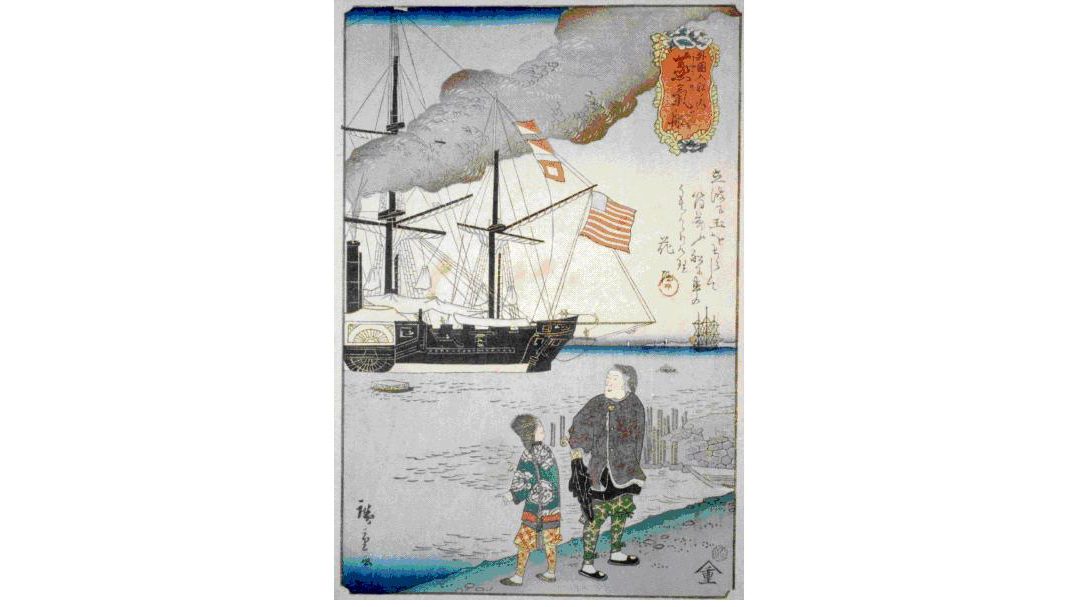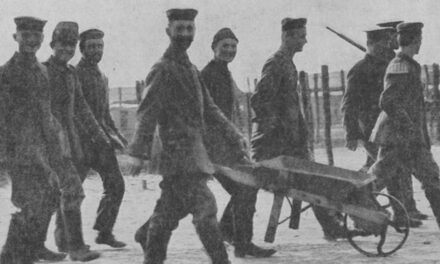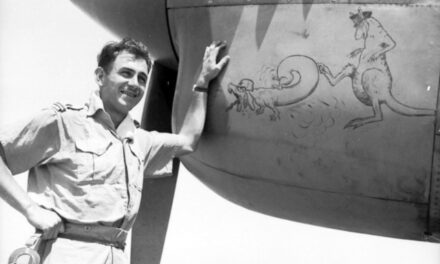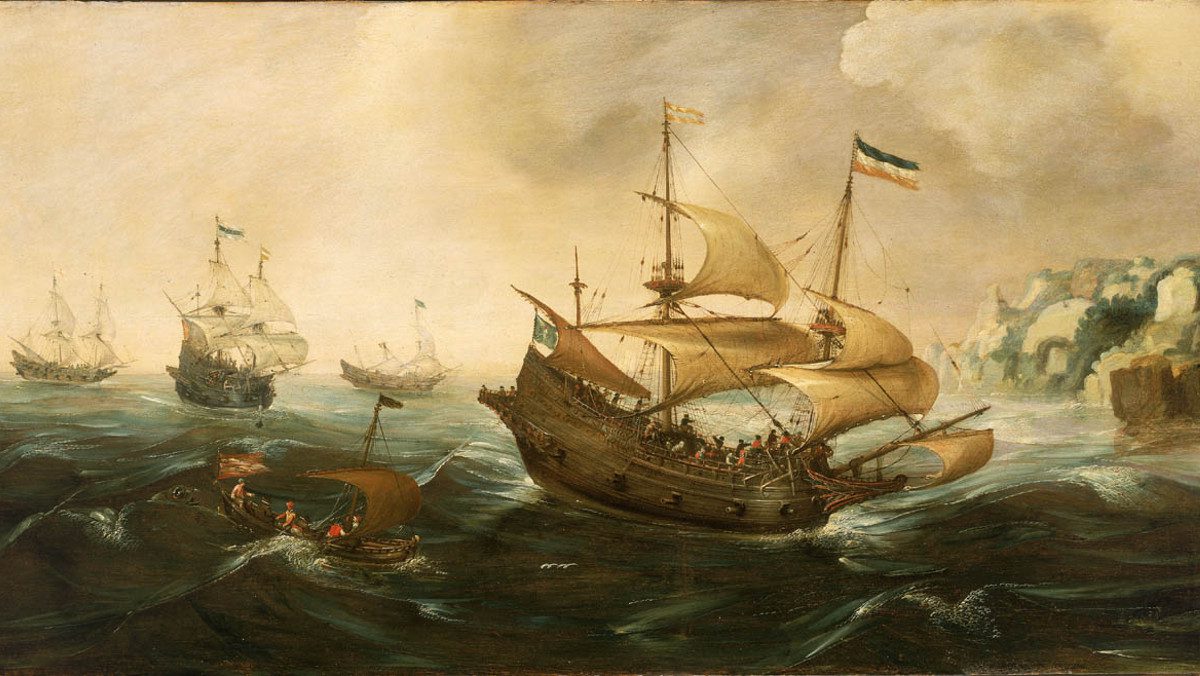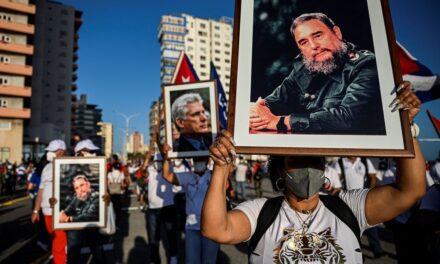Estimated reading time: 11 minutes
Fallen Empires and Civil War
By Caitlan Hester
The popular view of the First World War is that it ended with Armistice in 1918. But the end the First World War did not put an end to conflict and combat.
The 1918 Armistice was followed by events that radically shaped today’s geo-political landscape: the spread of new political ideas, civil wars, revolution, new nations, moved borders, and the collapse of empires.
This article looks at four empires profoundly affected by the Great War:
- Russia
- Austria-Hungary
- The Ottoman Empire
- Germany
The Aftermath of the First World War in Russia
During the First World War, a revolution was erupting in Russia. Food shortages and embarrassing military losses were bringing an already unhappy population to its boiling point. The February Revolution erupted in 1917 in modern-day Saint Petersburg.
Russian Revolution
The military, weakened by the First World War was unsure it could protect the Emperor, Nicolas II from revolt. After the February Revolution, Nicolas II abdicated his throne as the last monarch in Russian history.
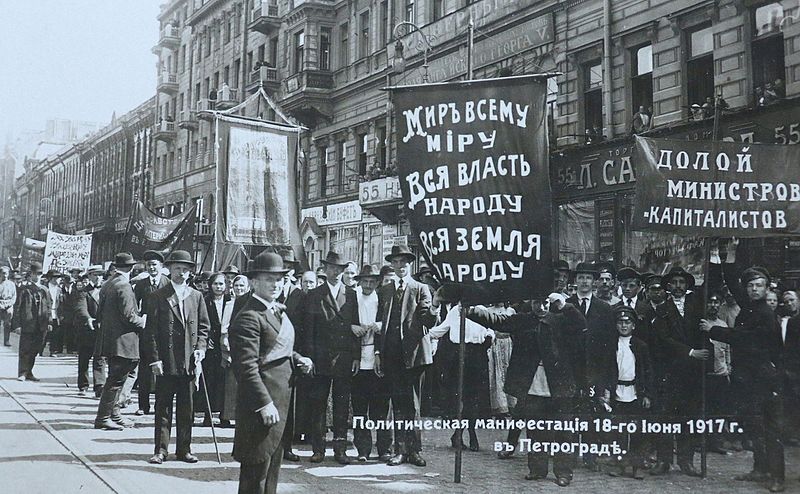
To replace the monarchy, Parliament formed a provisional government and shared their power with a grassroots socialist group. This socialist group consisted of soldiers and industrial labourers. They were known as the Soviets.
The Rise of the Bolsheviks
Another socialist political organization sought a place in the newly formed government. They were the Bolsheviks, led by Vladimir Lenin.
The Bolsheviks wanted Russia to withdraw from the First World War and direct their resources back to the people of Russia.

They formed a militia that later became known as the Red Army, or Reds, and led an armed revolution known as the October Revolution. This revolution overthrew Parliament’s provisional government and all power was transferred to the Soviets.
Bolshevik leaders took their place in the newly-formed Soviet Democracy. They signed the Treaty of Brest-Litovsk with Germany in 1918 and ended Russia’s participation in the First World War.
Russian Civil War
Yet overthrowing the monarchy, ousting parliament, and ending involvement in the First World War would not bring peace to Russia.
Almost immediately after the October Revolution and the rise of the Bolsheviks, Russia saw the formation of an anti-Bolshevik revolutionary group. This group called themselves the Whites or the White Army.
The White Army Vs. the Red Army
The White Army consisted of people with many different backgrounds and political beliefs, including socialists. What they held in common was their opposition to the Bolsheviks’ and the Bolshevik Red Army. Violent opposition became a civil war.
The Bolsheviks established a secret police named the Cheka. In a period known as the Red Terror, the Cheka would kill over 10,000 people believed to be Bolshevik dissenters.
The White Army was backed by countries like the US, the UK, Japan, and France who provided them with military aid. But the Red Army had internal Russian support and ultimately defeated the White Army in 1923.
The Russian Civil War was devastating – Active combat left 1.5 million soldiers dead. But a collapsed economy, war-time economic policies, and drought left another 12 million civilians dead from the cold, disease, and famine.
The Red Army’s victory led to the establishment of the Communist Party and the formation of the Union of Soviet Socialist Republics (the USSR) in 1922.

Australians in the Russian Revolution
In 1918 and 1919 several hundred Australians participated in the Russian Civil War where they assisted the anti-Bolshevik White Army.
After the armistice of 1918, the Australian Imperial Force had no intention to send soldiers to Russia despite Britain’s requests. Australians that served were volunteers who had to discharge from the AIF to enlist in the British Army.
The majority of Australians who took part in the Russian Civil War did so in northern Russia.
For more information about the role of Australian soldiers in the Russian Civil War, read Australians and the Russian Civil War and A ‘Pathetic Sideshow’: Australians and the Russian Intervention, 1918-1919.
The Collapse of Austria-Hungary
Towards the end of the First World War, it was becoming apparent that the tide was turning in favour of the Allied Powers. The people of the Austro-Hungarian Empire were losing faith in the monarchy.
They found themselves without a strong central government. They were facing food shortages and a weakened economy caused by the high costs and losses of war. The diverse nationalities of the empire began to declare independence and set up their own de facto governments.

A Dual Monarchy Was Non-Negotiable
Although his territory and power had diminished, the emperor of Austria, Karl I, hoped to maintain the dual monarchy following the 1918 armistice. But U.S. President, Woodrow Wilson, in his Fourteen Points for peace negotiations declared the continuation of a dual monarchy non-negotiable.
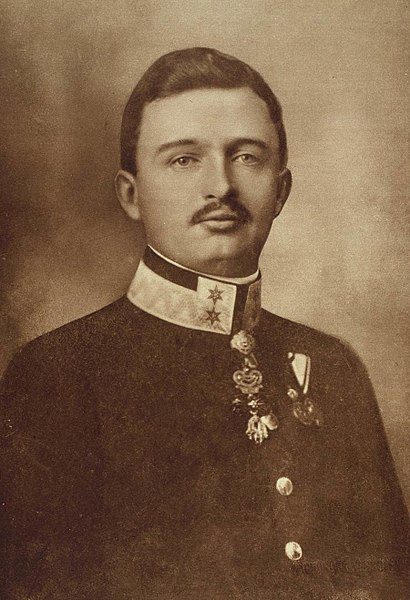
Shortly after this declaration, the United States Secretary of State sent a letter stating that the Allied Powers were dedicated to the autonomy of the Czechs, Slovaks and South Slavs – An action that historians think ‘sealed the deal’ for the breaking up of the Austro-Hungarian empire.
Dividing Austro-Hungarian Territory
Austria and Hungary independently entered into treaties with the Allied Powers. As a result of these treaties, Austria lost around 60% of its empire’s territory, while Hungary lost about 72% of its former kingdom.
Austria and Hungary were split into two nations and the world also saw the formation of Czechoslovakia, the Second Polish Republic, the Kingdom of Yugoslavia, and the West Ukrainian People’s Republic.
The Breakup of the Ottoman Empire
One of the most powerful and long-established empires in the history of the world, the Ottoman Empire had ruled the Middle East, Eastern Europe, and North Africa for over 600 years.
An Empire in Decline
The Ottoman Empire was already in a state of decline when it entered World War I.
The Ottoman’s had lost almost all of their European territory during the Balkan Wars of 1912 and 1913. They had begun a bitter rivalry with Russia after the Russo-Turkish War of the late 1800s. And had also begun to weaken itself from inside with the Young Turk Revolution and the genocide of the Armenian, Greek, and Assyrian people in 1915.

Had this empire not sided with the Central Powers during WWI, it might have survived. But their military losses during the First World War were too great.
After losing over half a million soldiers to battle and disease, the Armistice of Mudros was signed and the Allied Powers occupied the Ottoman capital, Constantinople.
Turkish Civil War
Ending the fight with the Allies in the Great War did not bring peace or stability. Without a strong central government, the Ottoman Empire found itself in a chaotic state.
Field Marshal and statesman, Mustafa Kemal formed Turkish civilian militias to establish a new Turkish state based in Anatolia.
The Nationalists formed an alternative government with Kemal as its president. They clashed with the Ottoman interim government and a short but brutal civil war erupted.

The Turkish War for Independence
The nationalists gained popularity and strength once the Turkish population came to realize the terms of the Treaty of Sèvres. This treaty ceded large portions of the Ottoman Empire to the Allied Powers, and only angered the population into backing the nationalists.
The Greeks were worried about the Nationalists’ growing popularity and strength. The Greek army marched on western Anatolia in what became known as the Turkish War for Independence.
In 1922, the Turks successfully drove the Greeks out and claimed victory over Anatolia.
The Treaty of Lausanne
Four years after the 1918 armistice, a new peace treaty was negotiated between Turkey and the Allied Powers in Lausanne, Switzerland. The sultanate would be abolished and Mustafa Kemal would be named the president of the new Turkish republic.
This empire’s 600-year run came to an official end.
Turkey lost its former Arab provinces, Cyprus, and the Dodecanese. Syria and Lebanon became French protectorates while Iraq, Palestine, and Saudi Arabia became three territories mandated to England under the League of Nations.
Germany Faces Violent Uprisings
During the war, a British naval blockade caused food shortages in Germany.
By the end of the First World War, Germany’s population and economy had suffered greatly, creating socio-economic division among the people.
The Social Democratic Party
One German sailor’s mutiny catalyzed a series of rebellions, leading the government to collapse, and Kaiser Wilhelm II to step down from the throne. The Social Democratic Party replaced the Kaiser and took power.
The Social Democratic Party met in the town of Weimar to draft a constitution and hold elections. Friedrich Ebert of the Social Democratic Party was elected president and the Weimar Republic was established in 1920.

The Treaty of Versailles
Germany’s defeat meant that the victorious Allied Powers would decide the terms of peace, which would double as Germany’s punishment for the war.
Germany’s new government was pressured into signing the Treaty of Versailles. This treaty would wreck the economy, minimize Germany’s territory, and provide a backdrop for the Second World War.
The Treaty of Versailles had Germany accept blame for the First World War. They had to pay £6.6 billion (in 1922) in damages to Britain and France. Their army was capped at 100,000 troops. Tanks and submarines were banned.
In terms of territory, Germany lost all of its overseas colonies. The treaty also forced them to give up German territory to Belgium, Czechoslovakia, and Poland. And France reclaimed the Alsace-Lorraine region.
Rebellion in Germany
The German people were shocked at Germany’s loss in the Great War despite their strong military. They were angry at the government for signing the 1918 armistice. They were also enraged at how harshly they had been punished by the Treaty of Versailles.
The Weimar Republic faced violent uprisings from people of various political beliefs.
The communist Spartacists rebelled in Berlin, leading to a communist takeover in Bavaria. The Republic put together a band of ex-soldiers, the Freikorp. And tasked them with putting down the communist takeover.
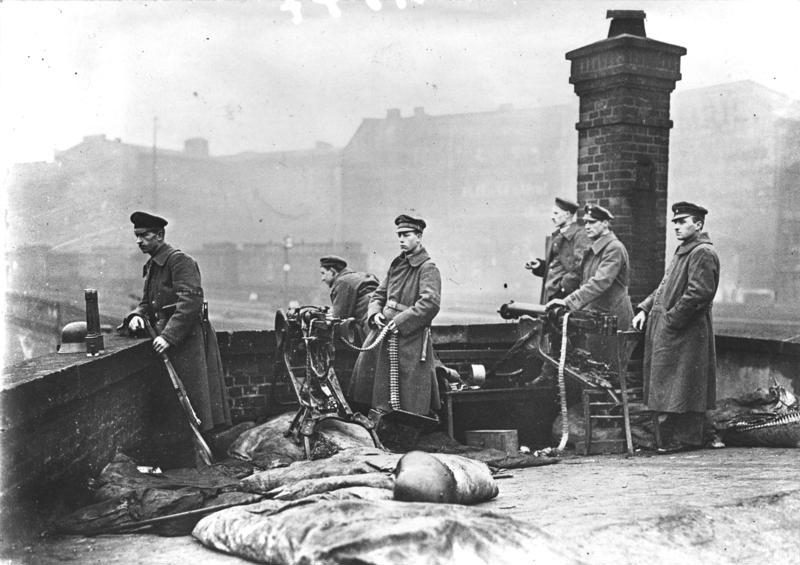
But after controlling the communist uprising, the Freikorp refused to disband. A right-wing nationalist, Dr Wolfgang Kapp, led the Freikorp to take over Berlin.
Throughout the 1920s, nationalist terrorists assassinated 356 politicians. And a fascist group called the Nazis attempted a coup in Munich, an event that would bring Adolf Hitler into the public eye.
The end of the First World War was not only the cause of the decline of empires. It also brought around the emergence of independent nations: Finland, Estonia, Latvia, Lithuania, and Poland.
In hopes of maintaining peace, the League of Nations was established in January 1920. But the years of violence either side of it’s creation were a grim harbinger of it’s future inability to prevent conflict.
Articles you may also like
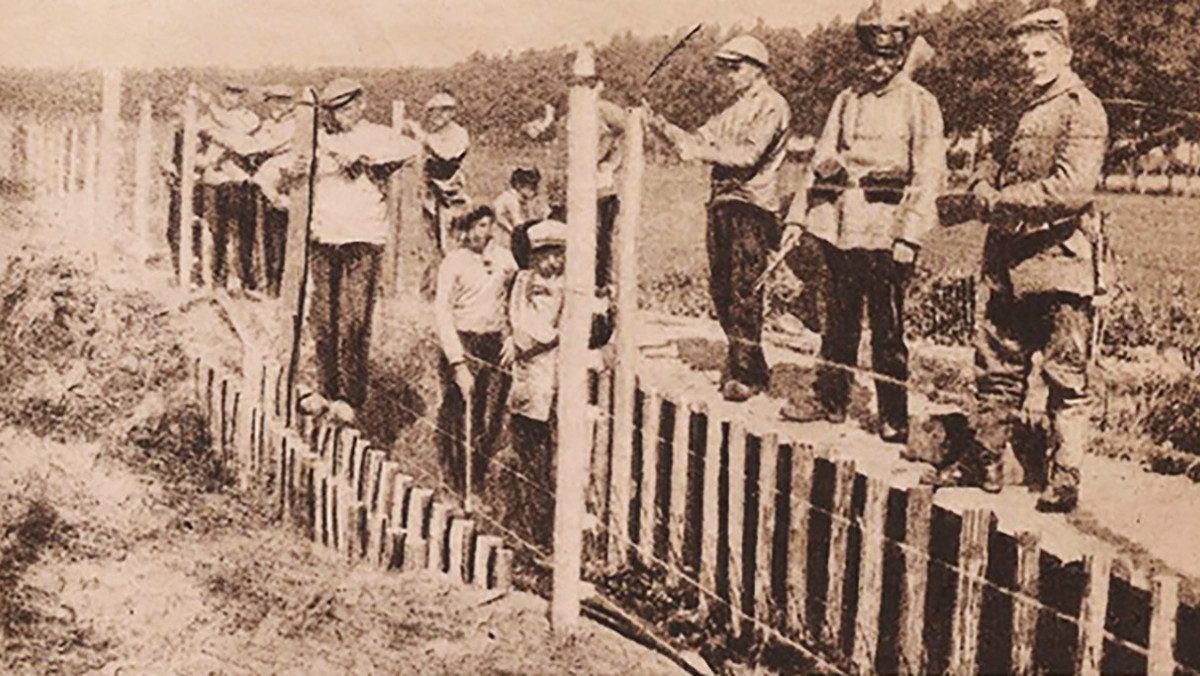
Neutrality At All Costs: The Netherlands in WW1
By Fergus O’Sullivan World War 1 was a conflict that engulfed entire continents and swallowed up whole generations of men. It is the cause of trauma that has stayed with entire nations, even now, more than a century since it ended. However, for some countries the Great War is no more than a footnote in […]
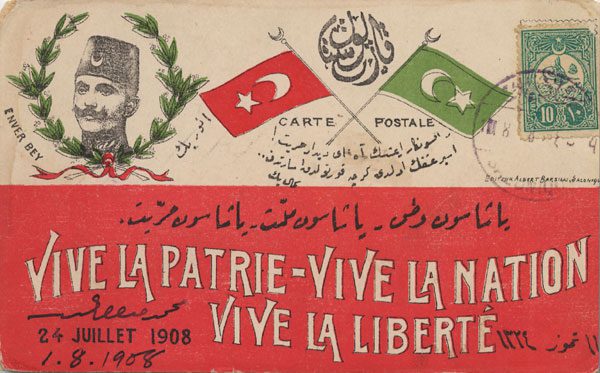
A Period of Change: Global Events in the Lead Up to WWI
The history of the lead up to WWI is undoubtedly dominated by Europe. European powers understandably take centre stage, given their influence on the start of the Great War. However, the years before WWI were a period of change – not just in Europe – but all over the world. Revolutions, wars, and political upheaval […]

